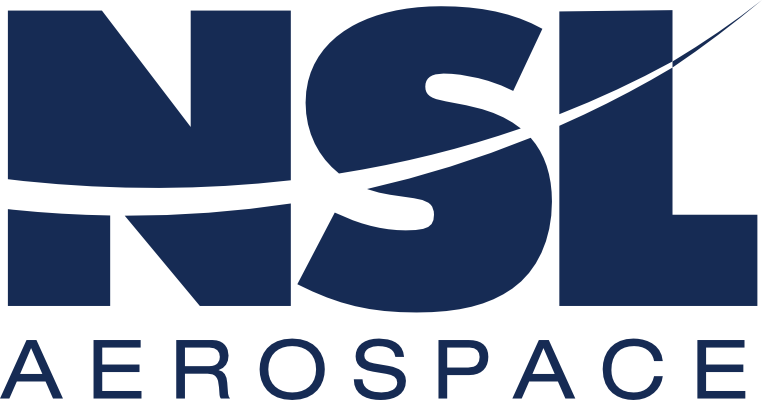Aviation fuel tank sealant plays a vital role in the safety and function of aircraft. Using high-quality fuel tank sealants provides long-lasting, structurally sound containment of fuel, keeping pilots, passengers, and cargo safe as they glide through the air. Like other aviation adhesives, fuel tank and fuselage sealants must meet rigorous regulations set by the FAA. OEM and PMA fuel tank sealants provide strong reinforcement, structural integrity, and peace of mind.
However, this class of products can be more complicated due to its role in containing combustibles. This guide is designed to educate potential consumers on fundamental knowledge related to aircraft fuel tank sealants.
What Is Fuel Tank Sealant?
Aircraft fuel tank sealants are glues or adhesives designed to create air-tight seals in the rivets, joints, and other parts of fuels tanks in order to prevent fuel leaks. These adhesives must withstand extreme pressure, temperature extremes, and vibrations.
Tank sealants must also cure at room temperature and not chemically react with fuels and oils. Additionally, they must have enough flexibility to maintain a tight seal in response to the intense jolts and movements associated with flight and landing.
What are PMA Aviation Fuel Tank Sealants?
PMA products, including aircraft-grade fuel tank sealants, are "Parts Manufacturer Approved" products that work interchangeably with the Original Equipment Manufacturer parts. PMA parts and adhesives must conform to the same regulatory standards as the original parts. PMA sealants and adhesive performs the same function as their OEM equivalents. They also have the same fit and form.
PMA aviation fuel tank sealants offer aircraft mechanics, manufacturers, and other aviation professionals an affordable equivalent to name-brand products.
What Do Aircraft Fuel Tank Sealants Do?
Fuel tank sealants are used in aircraft manufacturing, repair, and maintenance.
Essentially, aircraft fuel sealants keep combustible and volatile fuels and oils within a closed system while preventing foreign materials from contaminating fuel. They are formulated to maintain their integrity when exposed to the unique conditions of flight.
Fuel Tank Sealants:
- Prevent liquid and air intrusion
- Reduce introduction of contaminants
- Prevent oxidation and corrosion
What Are the Different Types of Aircraft-Grade Fuel Tank Sealants?
There is a wide variety of fuel tank sealants. There are products designated for differing materials, cure times, weights, and fuel tank parts and styles. Sealants also come in a variety of application styles, including:
- Roller grade - Designed for application with a roller
- Brush grade - Designed for application with a brush
- Extrusion grade - Designed for application by extrusion with a pneumatic sealant gun
- Sprayable grade - Designed for application by spraying
What to Look for When Shopping for Aircraft Fuel Tank Sealant
When choosing the best tank sealant for your application, you will want to consider:
- Cure time
- Material of tank for best adhesion
- Temperature range
- Application style
- Fuel type
- Weight requirements
- Tank density
- Shelf life
Aircraft Fuel Tank Sealant Application
When applying your aircraft fuel tank sealant, always follow the instructions and safety guidelines that come with your product. Often for the best seal, you will want to use aircraft fuel tank sealant remover for a clean surface to begin the application.
High-Quality Aviation Fuel Tank Sealants
NSL Aerospace provides the aviation industry with high-quality, reliable, and affordable fuel tank sealants. Our PMA sealants meet or exceed all FAA regulations. We carry a variety of aircraft fuel tank sealants including:
- Flamemaster
- NSL PMA Sealants
- Royal Adhesives and Sealants
To learn more about our fuel tank sealant options, submit a contact form to our sales team. Or explore our aviation fuel tank sealants and find the best option for your needs.
